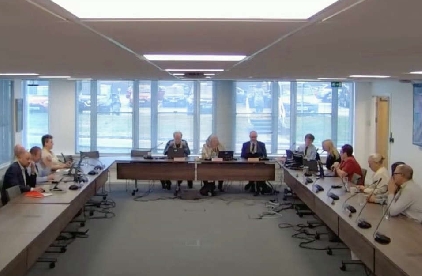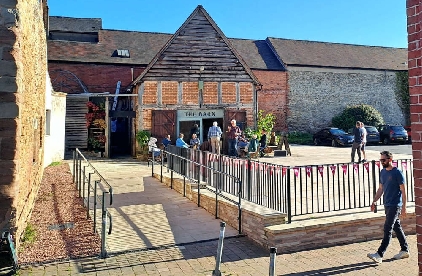
County council adult social care bosses have criticised health chiefs for the drop in numbers of local residents eligible for NHS continuing healthcare funding.
This continuing healthcare is arranged and funded solely by the NHS as part of its duty to provide healthcare services – it applies to individuals whose care needs are beyond that which the local council can legally provide.
The numbers have almost halved since 2016 when 61.86 people per 50,000 residents were eligible as opposed to 33.37, for the third quarter of 2017/18. The national average for the latest period is 58.82.
Councillor Carole Gandy said she found the report presented to the adults and wellbeing scrutiny committee on September 20 ‘bewildering’.
She compared the numbers to those of Redditch and Bromsgrove and East Riding of Yorkshire and Northumberland.
“I do not understand how you are getting to that sort of level,” she said.
“What is so different about the people of Herefordshire, are they just less frail?”
Coun Gandy said the population of Redditch was around 80,000 and it was a relatively young town, yet it was shown to have a significantly higher percentage of people eligible for CHC.
“I don’t see how that actually works,” she said.
“We are talking about a significant smaller population of elderly people and yet the actual number of people eligible is much higher and the number of people in nursery care is almost the same as it is in Herefordshire.
“I find this a little bit bizarre, and I struggle to find anything in this report that talks about some of the reason these figures are a little misleading because of the work that you’ve done with the hospice.”
Mike Emery, NHS Herefordshire CCG corporate development director, said: “Looking at the benchmark data, we recognise that we are at the lower end as you indicate.
“This is recognised by NHS England as well and they want to do with us a review in November for two reasons.
“One, to look to see if it is consistent with practice because they are interested in the process that we follow.
“Because remain are relatively consistent with the results and figures we take whereas lots of other areas have a lot of fluctuation.
“But it is also to look at us to see how we compare with other areas with similar demographic and population.
“We are confident in the processes that we follow and the clear national framework we meet the requirements consistently.”


 Continued disruption for rail services between Hereford and Shrewsbury
Continued disruption for rail services between Hereford and Shrewsbury
 Prohibition notices for unsafe work in county
Prohibition notices for unsafe work in county
 Plan to restrict public questions to councillors
Plan to restrict public questions to councillors
 Anger at £25K study into Ledbury's tourism
Anger at £25K study into Ledbury's tourism
 Leominster shop closed down by trading standards
Leominster shop closed down by trading standards
 Leominster woman charged with animal cruelty
Leominster woman charged with animal cruelty
 Why moves to withdraw Hereford restaurant licence postponed
Why moves to withdraw Hereford restaurant licence postponed
